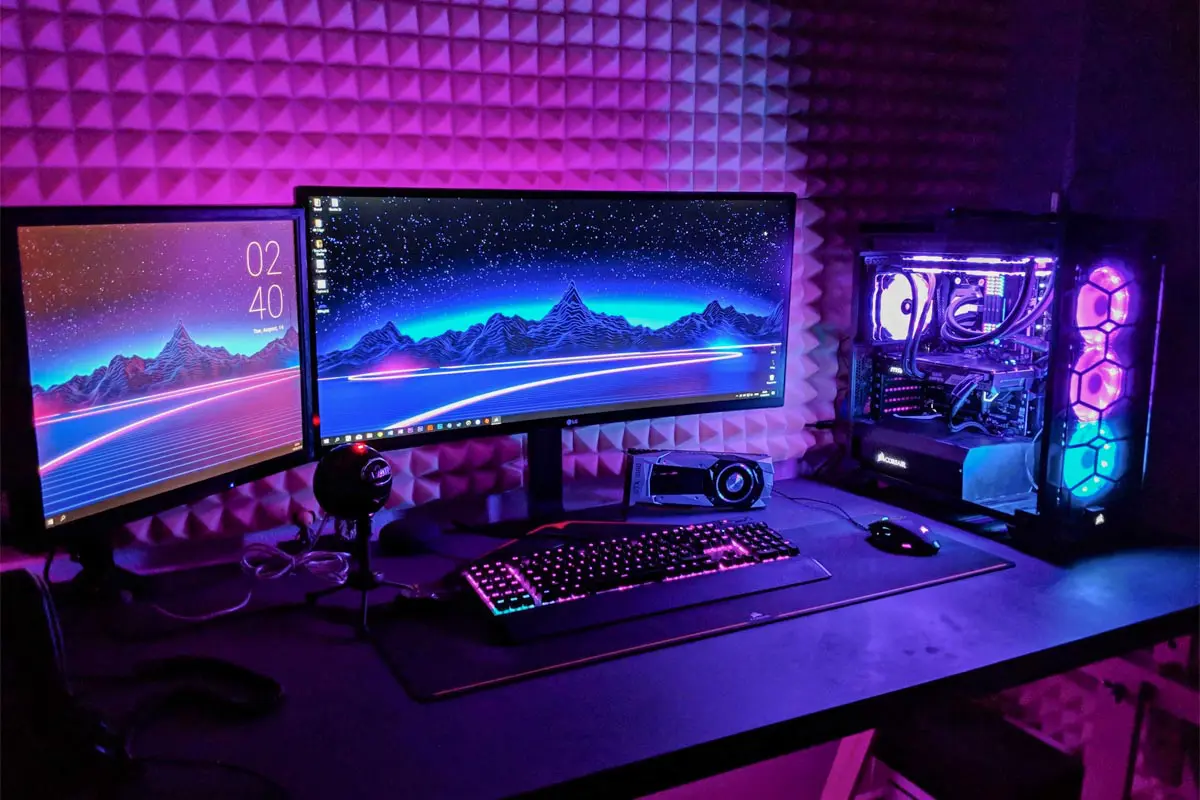 Introduction
Introduction
Building your gaming PC on a budget can provide a rewarding and cost-effective way to enhance your gaming experience. This guide will walk you through the process, offering step-by-step instructions and valuable knowledge to help you create a powerful gaming rig without overspending.
Understanding Your Needs and Setting a Budget
Assess your needs and determine the budget for your gaming PC before delving into the world of PC components. Consider the types of games you play, desired graphics settings, and any specific requirements to make informed decisions throughout the building process.
Selecting the Right Components
Processor (CPU)
Find a balance between price and performance when choosing the CPU, the brain of your gaming PC. AMD Ryzen and Intel Core processors are popular choices for budget gamers. Opt for a mid-range processor that can handle your gaming needs without breaking the bank.
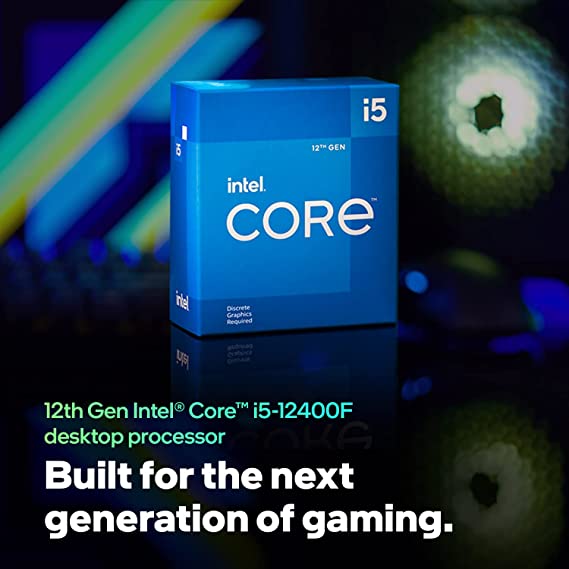
Intel Core I5 12400F 12 Gen
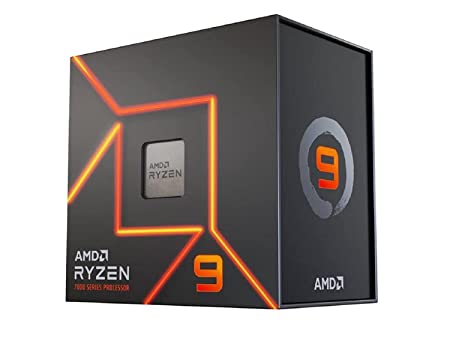 AMD 7000 Series Ryzen 9 7900X
AMD 7000 Series Ryzen 9 7900X
Graphics Card (GPU)
The GPU plays a crucial role in rendering graphics and directly impacts gaming performance. Research and compare GPUs within your budget, considering factors like VRAM, clock speed, and power consumption. Look for options from Nvidia or AMD that offer good value for money.

Memory (RAM)
Choose a sufficient amount of RAM for smooth multitasking and gaming. Aim for at least 8GB or 16GB of DDR4 RAM, striking a balance between performance and affordability
.


Storage
Consider a combination of a solid-state drive (SSD) and a hard disk drive (HDD). An SSD provides faster boot times and load speeds, while an HDD offers higher storage capacity at a lower cost.

Motherboard
Select a compatible motherboard based on your CPU and other component choices. Ensure it has sufficient expansion slots, USB ports, and necessary features.

Power Supply Unit (PSU)
Invest in a reliable and efficient PSU to power your gaming PC. Calculate the wattage requirements based on your components and choose a PSU with a reputable brand and sufficient power output.

Case
Find a budget-friendly case that accommodates all your chosen components, has proper ventilation, and allows for future upgrades.
Other Components
Don’t overlook peripherals like monitors, keyboards, mice, and speakers. Include them in your budget and choose options that suit your preferences and gaming needs.
Assembling Your Gaming PC
Prepare Your Workspace
Create a spacious and well-lit area for your PC build. Gather all the necessary tools and ensure a clean surface.
Step 1: Install the CPU and CPU Cooler
Follow the manufacturer’s instructions to install the CPU onto the motherboard. Apply the thermal paste and attach the CPU cooler.

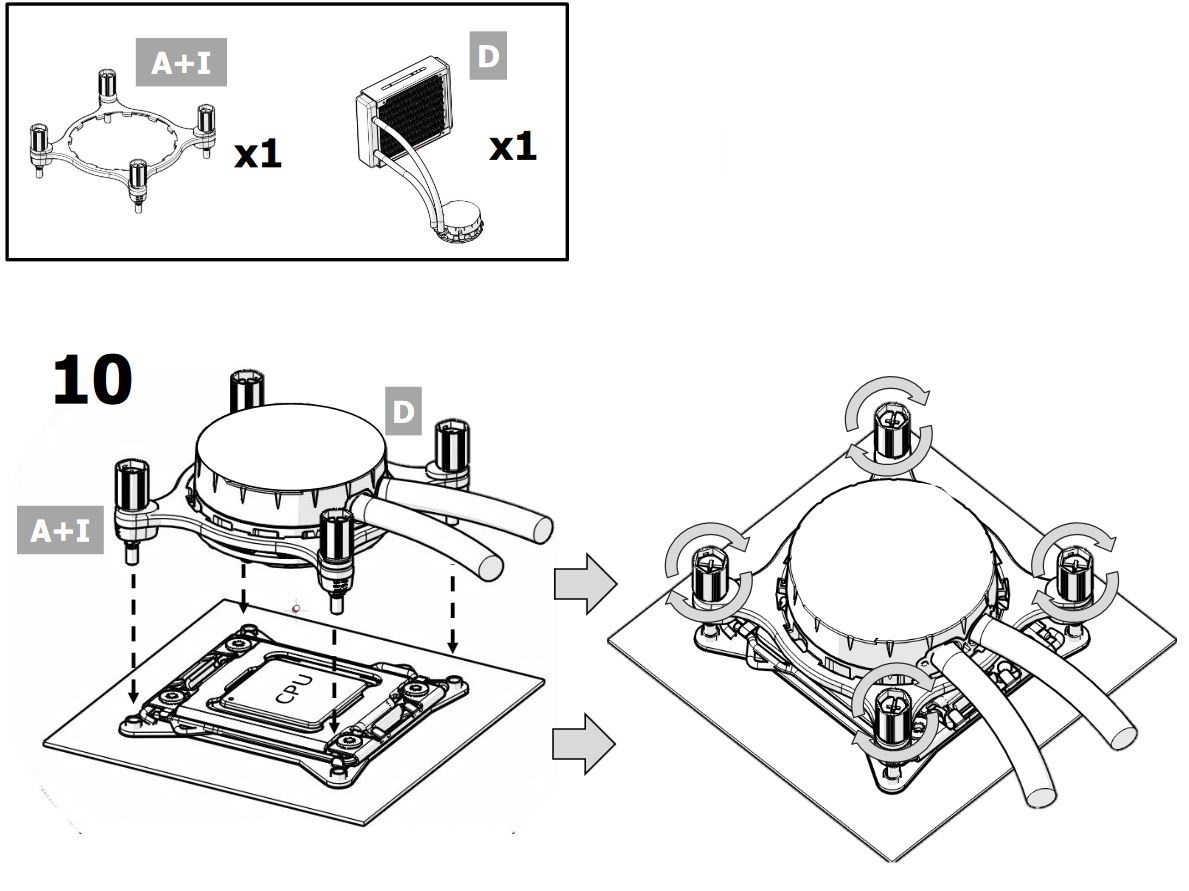 Step 2: Install RAM and Storage
Step 2: Install RAM and Storage
Insert the RAM sticks into the appropriate slots on the motherboard. Install the SSD and HDD into their respective drive bays.
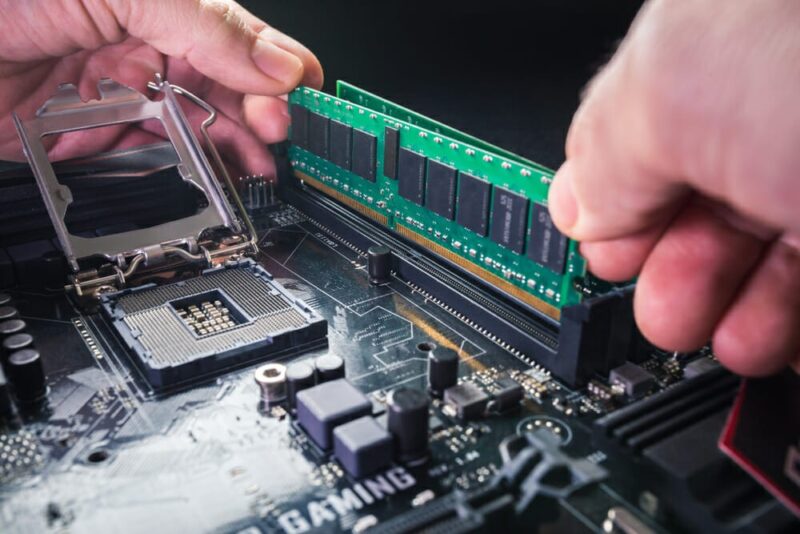
 Step 3: Mount the Motherboard
Step 3: Mount the Motherboard
Carefully place the motherboard into the case and secure it with screws. Connect the necessary cables and ensure a snug fit.
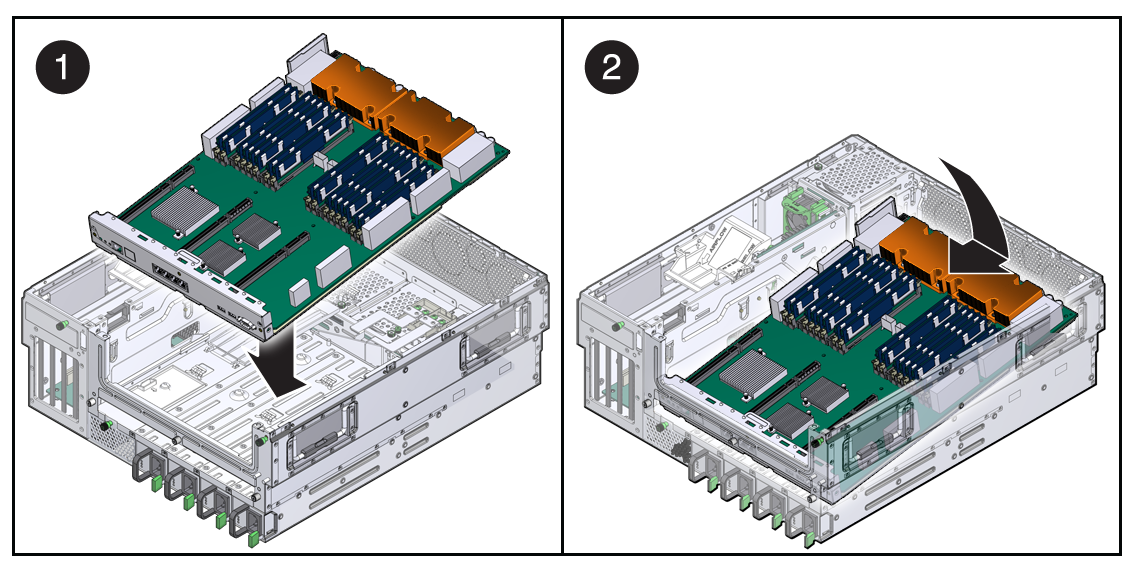 Step 4: Install the Graphics Card
Step 4: Install the Graphics Card
Insert the graphics card into the appropriate PCIe slot on the motherboard. Secure it with screws if needed.
 Step 5: Connect Cables and Power Supply
Step 5: Connect Cables and Power Supply
Connect all necessary cables, including SATA cables for storage, front panel connectors, and power cables. Attach the power supply unit and ensure secure connections.
 Step 5: Cable Management
Step 5: Cable Management
Improve airflow and aesthetics by neatly routing and securing cables. Use cable ties or Velcro straps to keep cables organized.
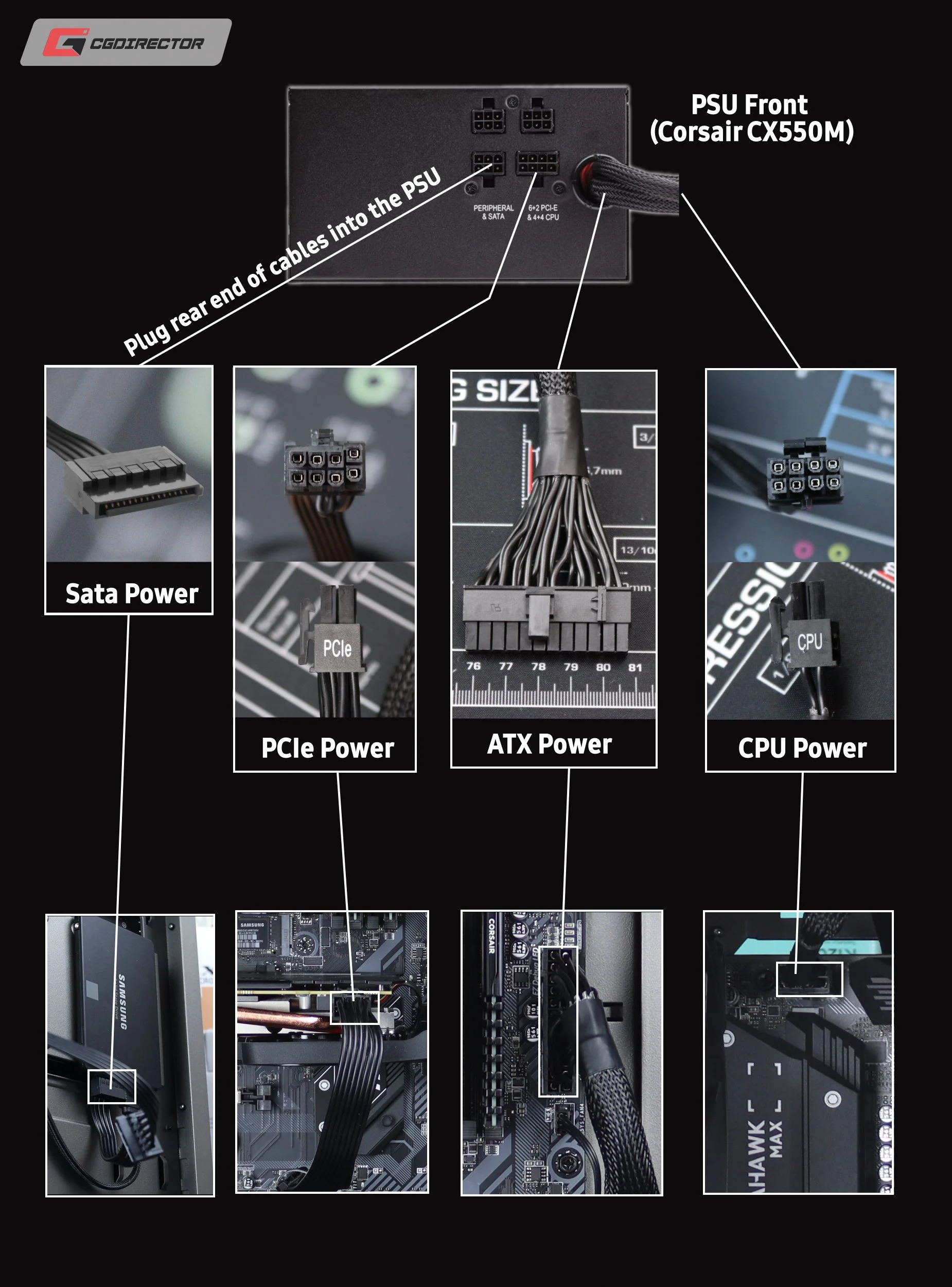 Step 6: Test and Boot Up
Step 6: Test and Boot Up
Double-check all connections before powering on your gaming PC. Press the power button and verify that everything is functioning correctly.
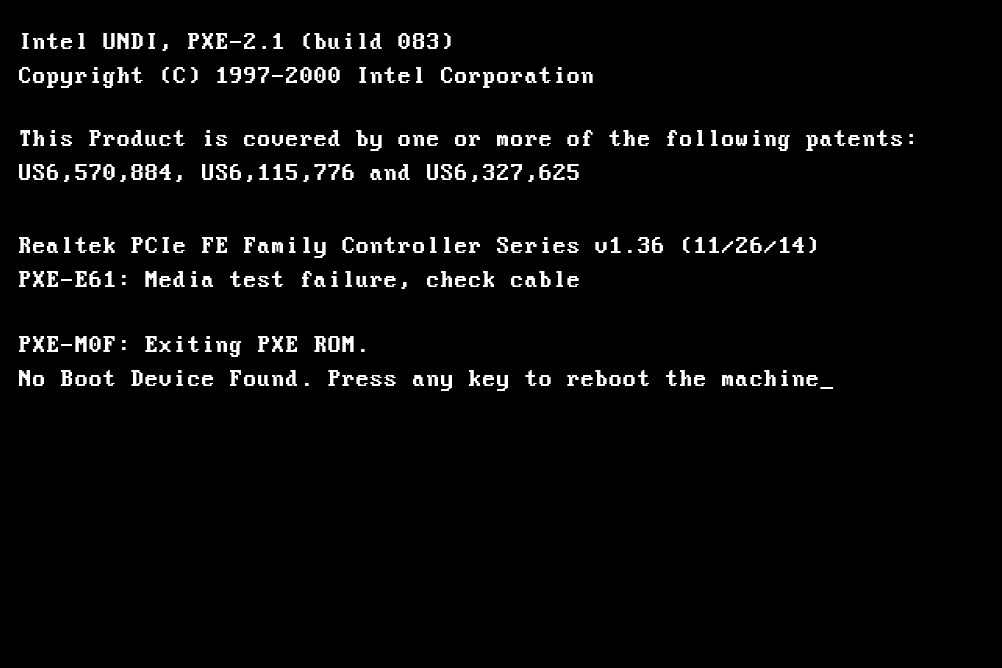 Step 7: Optimizing Performance and Maintenance
Step 7: Optimizing Performance and Maintenance
Install Operating System and Drivers
Install your preferred operating system and update all drivers for compatibility and optimal performance.
Overclocking (Optional)
For advanced users, consider overclocking components to achieve higher performance. Research thoroughly to avoid hardware damage.
Regular Maintenance
Keep your gaming PC clean and dust-free by regularly cleaning components and fans. Check for software updates and perform periodic maintenance tasks to ensure smooth operation.
Conclusion
Building a gaming PC on a budget allows for customized gaming experiences while saving money. By understanding your needs, selecting the right components, and following a step-by-step process, you can create a powerful gaming rig without overspending. This beginner’s guide equips you with the necessary knowledge to embark on your journey of building the gaming PC of your dreams. Start exploring PC components and enjoy the rewards of gaming on a system tailored to your preferences.
10 best Amazon Prime Day tech deals on Amazon Fire Stick, Apple, Bose and more
10 Unforgettable Destinations in the USA You Need to Visit Now
2023 BET Awards Winners List
Big Monster Truck Toys Remote Control: Unleashing Epic Off-Road Adventure!
Chandrayaan-3, India’s third moon mission, successfully launched
Deseret Book, exclusive facts, hidden treasures, surprising insights, awestruck, LDS bookstore
Google ne launch kiya new AI Tool
How to Become a Successful
Mr. Beast beats Mark Zuckerberg, becomes first person to hit 1 million followers on Threads
Untold Secrets: 15 Hidden Facts About the Titanic Star’s Dies
 Introduction
Building your gaming PC on a budget can provide a rewarding and cost-effective way to enhance your gaming experience. This guide will walk you through the process, offering step-by-step instructions and valuable knowledge to help you create a powerful gaming rig without overspending.
Understanding Your Needs and Setting a Budget
Assess your needs and determine the budget for your gaming PC before delving into the world of PC components. Consider the types of games you play, desired graphics settings, and any specific requirements to make informed decisions throughout the building process.
Introduction
Building your gaming PC on a budget can provide a rewarding and cost-effective way to enhance your gaming experience. This guide will walk you through the process, offering step-by-step instructions and valuable knowledge to help you create a powerful gaming rig without overspending.
Understanding Your Needs and Setting a Budget
Assess your needs and determine the budget for your gaming PC before delving into the world of PC components. Consider the types of games you play, desired graphics settings, and any specific requirements to make informed decisions throughout the building process.









 Step 2: Install RAM and Storage
Insert the RAM sticks into the appropriate slots on the motherboard. Install the SSD and HDD into their respective drive bays.
Step 2: Install RAM and Storage
Insert the RAM sticks into the appropriate slots on the motherboard. Install the SSD and HDD into their respective drive bays.

 Step 3: Mount the Motherboard
Carefully place the motherboard into the case and secure it with screws. Connect the necessary cables and ensure a snug fit.
Step 3: Mount the Motherboard
Carefully place the motherboard into the case and secure it with screws. Connect the necessary cables and ensure a snug fit.
 Step 4: Install the Graphics Card
Insert the graphics card into the appropriate PCIe slot on the motherboard. Secure it with screws if needed.
Step 4: Install the Graphics Card
Insert the graphics card into the appropriate PCIe slot on the motherboard. Secure it with screws if needed.
 Step 5: Connect Cables and Power Supply
Connect all necessary cables, including SATA cables for storage, front panel connectors, and power cables. Attach the power supply unit and ensure secure connections.
Step 5: Connect Cables and Power Supply
Connect all necessary cables, including SATA cables for storage, front panel connectors, and power cables. Attach the power supply unit and ensure secure connections.
 Step 5: Cable Management
Improve airflow and aesthetics by neatly routing and securing cables. Use cable ties or Velcro straps to keep cables organized.
Step 5: Cable Management
Improve airflow and aesthetics by neatly routing and securing cables. Use cable ties or Velcro straps to keep cables organized.
 Step 6: Test and Boot Up
Double-check all connections before powering on your gaming PC. Press the power button and verify that everything is functioning correctly.
Step 6: Test and Boot Up
Double-check all connections before powering on your gaming PC. Press the power button and verify that everything is functioning correctly.
 Step 7: Optimizing Performance and Maintenance
Install Operating System and Drivers
Install your preferred operating system and update all drivers for compatibility and optimal performance.
Overclocking (Optional)
For advanced users, consider overclocking components to achieve higher performance. Research thoroughly to avoid hardware damage.
Regular Maintenance
Keep your gaming PC clean and dust-free by regularly cleaning components and fans. Check for software updates and perform periodic maintenance tasks to ensure smooth operation.
Conclusion
Building a gaming PC on a budget allows for customized gaming experiences while saving money. By understanding your needs, selecting the right components, and following a step-by-step process, you can create a powerful gaming rig without overspending. This beginner’s guide equips you with the necessary knowledge to embark on your journey of building the gaming PC of your dreams. Start exploring PC components and enjoy the rewards of gaming on a system tailored to your preferences.
Step 7: Optimizing Performance and Maintenance
Install Operating System and Drivers
Install your preferred operating system and update all drivers for compatibility and optimal performance.
Overclocking (Optional)
For advanced users, consider overclocking components to achieve higher performance. Research thoroughly to avoid hardware damage.
Regular Maintenance
Keep your gaming PC clean and dust-free by regularly cleaning components and fans. Check for software updates and perform periodic maintenance tasks to ensure smooth operation.
Conclusion
Building a gaming PC on a budget allows for customized gaming experiences while saving money. By understanding your needs, selecting the right components, and following a step-by-step process, you can create a powerful gaming rig without overspending. This beginner’s guide equips you with the necessary knowledge to embark on your journey of building the gaming PC of your dreams. Start exploring PC components and enjoy the rewards of gaming on a system tailored to your preferences.





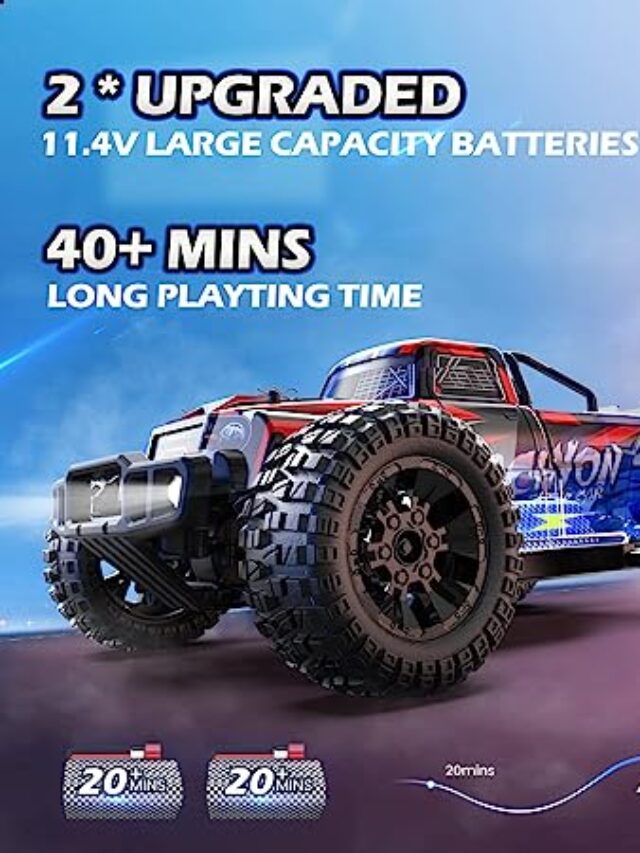






Keep try for better article